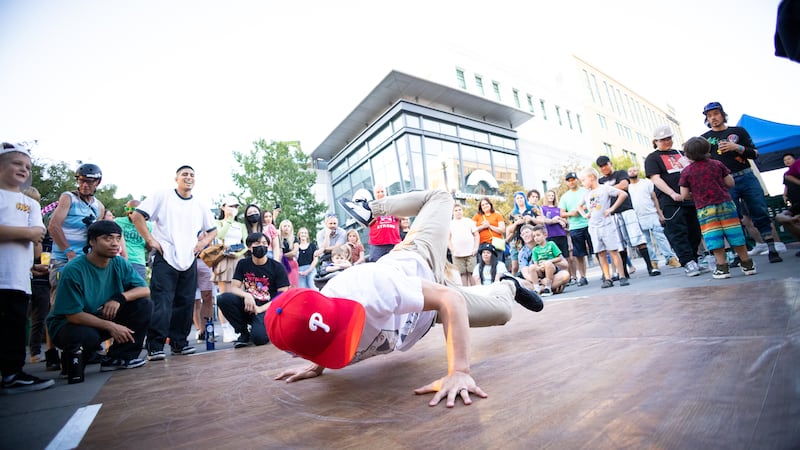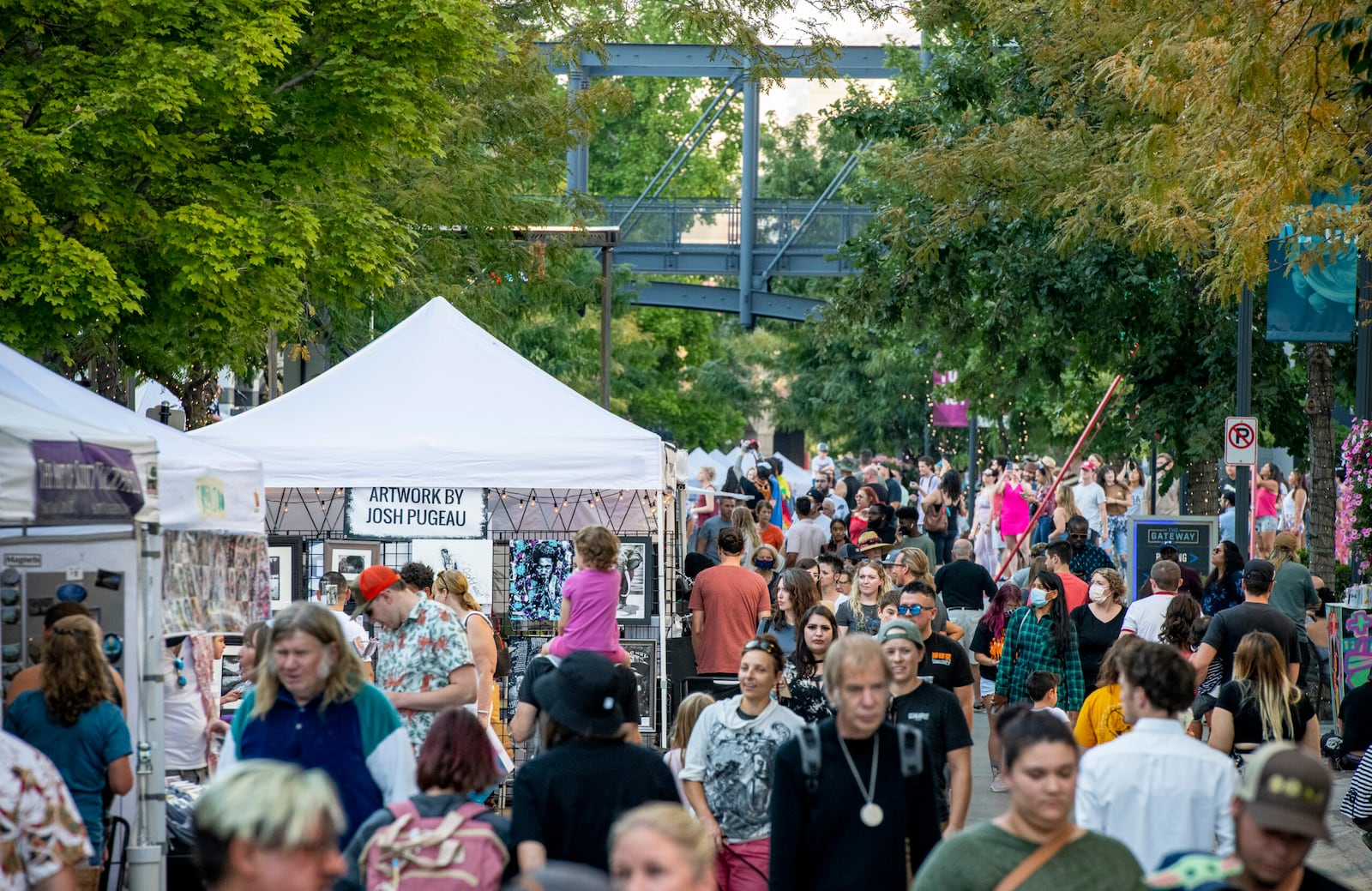Photo by Isaac Hale
Taylor Swift dominated the summer by reclaiming her music and producing a record-shattering tour. Fan or not, the power of her brand has yielded mind-blowing results for the economy. At a national level, the United States portion of the Eras tour is projected to bring in $4.6 billion to the economy. Cities lucky enough to be a stop along the tour have seen the value of the arts as they received a massive boost to their local economies, with places like Cincinnati, where Swift performed two nights, reporting a potential increase of $92 million to the region.
Utah’s Swift fans know full well that the Eras Tour did not include a stop in the Beehive State. Why? Likely because the state doesn’t have a stadium large enough to accommodate the tour—consider Rice-Eccles Stadium’s seating capacity of 51,400 compared to the more minor stadiums on Swift’s U.S. leg of the tour that seat 70,000 or more.
Bringing an NFL-sized stadium to the state of Utah could see an increase in megastars adding the state to its tour route (for what it’s worth, Beyoncé and Madonna aren’t stopping through either). Would a potential MLB stadium fit the bill? It’s unclear, but becoming a destination for meteoric performers aside, the summer of Swift is a good reminder of the power of the arts—not just in their ability to help drive the economy, but in the special way they create and build community.
Economic impact of the arts
While the state might not yet have a mega-stadium, it does have a longstanding reputation for being a place that values the arts, and it’s no stranger to the economic and communal benefits that appreciation carries with it.
“One in 12 jobs in Utah are cultural sector jobs; arts and culture are deeply ingrained in our society, going back from the original inhabitants of this land: the cultures and the beautiful music, dance, crafts and different artworks that have been created here for thousands of years,” says Derek Dyer, founder and executive director of Utah Arts Alliance (UAA). “Then, when the pioneers came into the valley, the first public building they built was a theater. [They] knew the importance of art on quality of life and building the community.”
Twenty years ago, Dyer founded UAA with a mission to foster the arts in all forms to create an aware, empowered and connected community. To do this, UAA has theaters, galleries, immersive art spaces and six cultural facilities that focus on different presentations of the arts.
UAA is behind Urban Arts Festival and Illuminate—both of which see visitors traveling from around the world to participate—as well as Dreamscapes, an immersive experience that oozes selfie opportunities.
Dyer knows firsthand the economic impact the arts can have on communities, a topic of discussion when working with legislators or business developers. He says 13 percent of tourism in Utah is arts-related.

Photo by Ross Richey
The 2021 Culture Report published by the Utah Cultural Alliance shares that cultural arts visitors—those whose primary or secondary reason for visiting is centered on a cultural arts experience—spend roughly $650 million annually in Utah’s economy. The arts’ economic impact makes a strong case for increased community support—not just for the money.
Community value of the arts
“For me, as an artist and arts administrator, the big thing is the quality-of-life impact,” Dyer says. “I think that’s what a lot of people care about. We all think, ‘If I make more money, I’ll be happier because I’ll be able to do more.’ But at the end of the day, even the money is about getting a better quality of life. The arts give people that opportunity.”
Michelle Graves, deputy director of arts and events for St. George, has spent years developing and running programs and events to help build the community. Along with hosting community events, her team is committed to creating opportunities for local artists, such as grants for the arts or stipends from the city to bring in sculptures from the nonprofit group Art Around the Corner to enhance and beautify the downtown area.
Southern Utah is no stranger to tourism thanks to its proximity to the Mighty 5 national parks, and the St. George Arts Festival has proven to be an added bonus. The festival takes place annually over Easter weekend. Graves says that of the estimated 30,000 people who attend, 30 percent are from out of the area.
A recent economic impact study released in May and led by Dr. Kristy Grayson, assistant professor of marketing at Utah Tech University, revealed that the festival has proven to be an excellent way of creating access to art for all ages while bringing in a tremendous amount of money.
“The economic value to the community for the arts festival was $30,559,000,” Graves says. “It’s a big economic driver for a two-day festival.”
Utah’s arts era
Even with its rich history of appreciating the arts, Utah has come a long way since its first performing arts venues were constructed. It has evolved into a place hosting Broadway tours, one of the world’s most recognized film festivals, a celebration of Shakespeare’s works brought to life and urban arts of all kinds.
Murals, specifically, are bringing color and life to cities around the state; communities are thriving because of it. “Public art, generally across the state, is a good way to create some lively, good energy in certain areas that you may want to see some change happen,” Dyer says. “It’s a very affordable way to create a dramatic change in your community.”
As Taylor Swift has reminded the world, strong support of the arts, whether through helping local organizations and artists or by building a mega stadium to house performances, has the power to unite—to bring people together for the purpose of shared love in an experience belonging solely to the present moment.
“In today’s society, we hunger for the arts. We might not even recognize it, but we come out of a great movie, and we feel uplifted. The arts have a way of doing that,” Graves says. “We need that more in our society now than ever before.”

